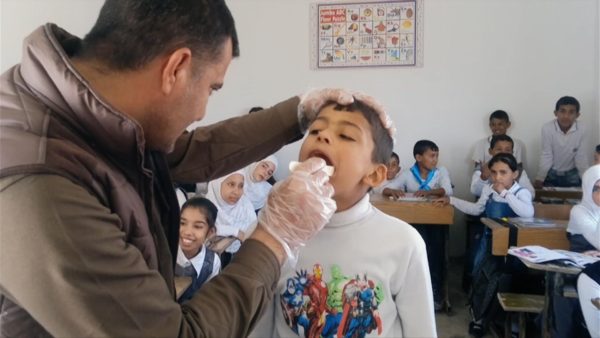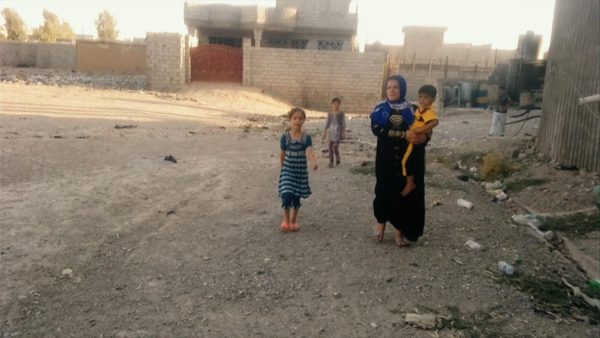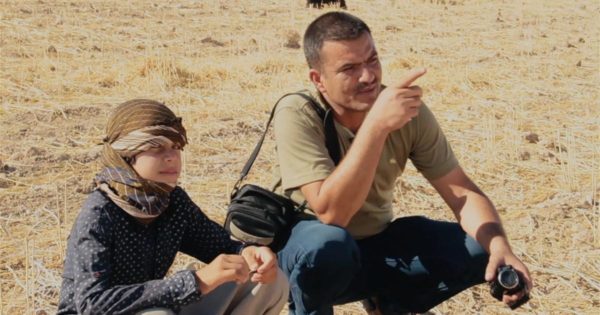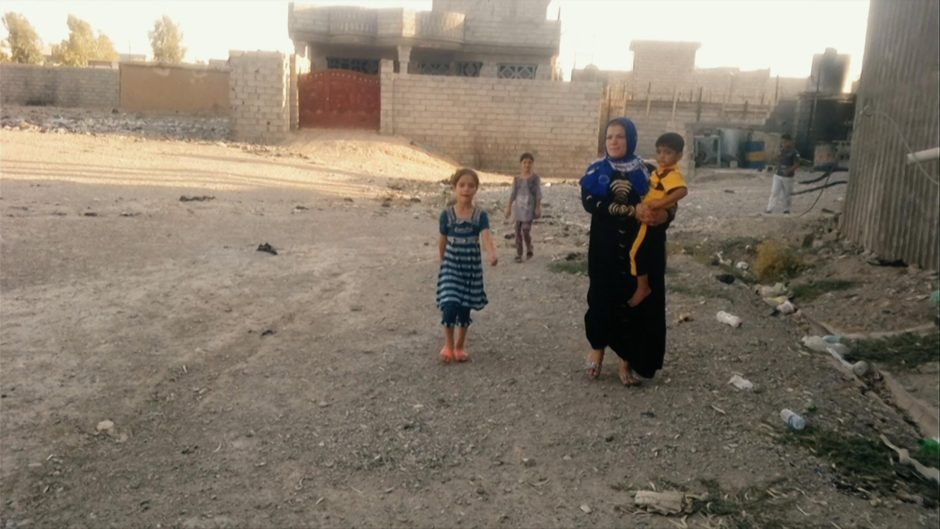Iraq has only now begun to recover from one of the most unstable periods in its turbulent modern history.
From almost the moment the United States invaded Iraq in 2003, a nation-wide insurrection, spearheaded by Islamists and nationalists, broke out. American forces eventually crushed the rebellion, which consumed countless lives.
With the withdrawal of U.S. troops at the end of 2011, the Islamists reemerged under the banner of Islamic State, which proceeded to conquer about one-third of Iraq, including its second largest city, Mosul.
Nowhere To Hide, a documentary directed by Zaradasht Ahmed due to be broadcast on the PBS network on August 27 at 10 p.m. (check local listings), explores the chaos and violence that Iraq endured from 2011 to 2016. Iraq is seen through the eyes of Nori Sharif, a male nurse from the so-called Triangle of Death in the central part of the country.

Like many Iraqis, Sharif believed that Iraq had embarked on the road to freedom and independence following the U.S. military pullout. But as he travels around Iraq, he learns that the scars of war have marked it deeply. Most families he knows are still licking their physical and psychological wounds.
Violence and corruption reach record levels in 2012. When Sharif sees black smoke rising from the ground, he is certain that another car bomb has gone off. He’s right of course.
Travelling through the countryside, he talks to a farmer whose two sons were kidnapped. Their decapitated heads were found without their bodies. No one knows why they were targeted, but the bloodshed is symptomatic of the religious and ethnic conflicts that is tearing Iraq apart.

The majority Shi’a sect, which was empowered by the Americans, is pitted against Sunnis, who ruled Iraq until the downfall of its brutal president, Saddam Hussein. Muslims and Christians are at odds, as are Kurds and Arabs.
Iraq is a mess, a dysfunctional state.
Violence has become a normal part of daily life. “It’s a war that tears you to pieces,” says Sharif, the father of four young children.
Tensions flare in 2013 as Sunnis demand more rights. And in 2014, Islamic State conquers a string of cities, towns and villages, posing an existential threat to Iraq.
Sharif’s town, Jalawa, is captured by Islamic State, forcing him and his family to abandon his home and flee. They find shelter in a school along with 20 other families. They’re forced to leave yet again. “The war follows us everywhere,” he says, documenting his own plight.

They move to a refugee camp. It’s a bleak place. Sharif revisits the hospital where he worked. It has been ransacked. He is visibly shaken.
Life seems hopeless, but he’s grateful to have a dear wife and beautiful children. Without them, there would be no point going on, he muses.
The portrait of Iraq drawn by Sharif is dark and depressing. Since Nowhere To Hide was filmed, the situation in Iraq has markedly improved, but it’s still a nation struggling to keep its head above the water.
